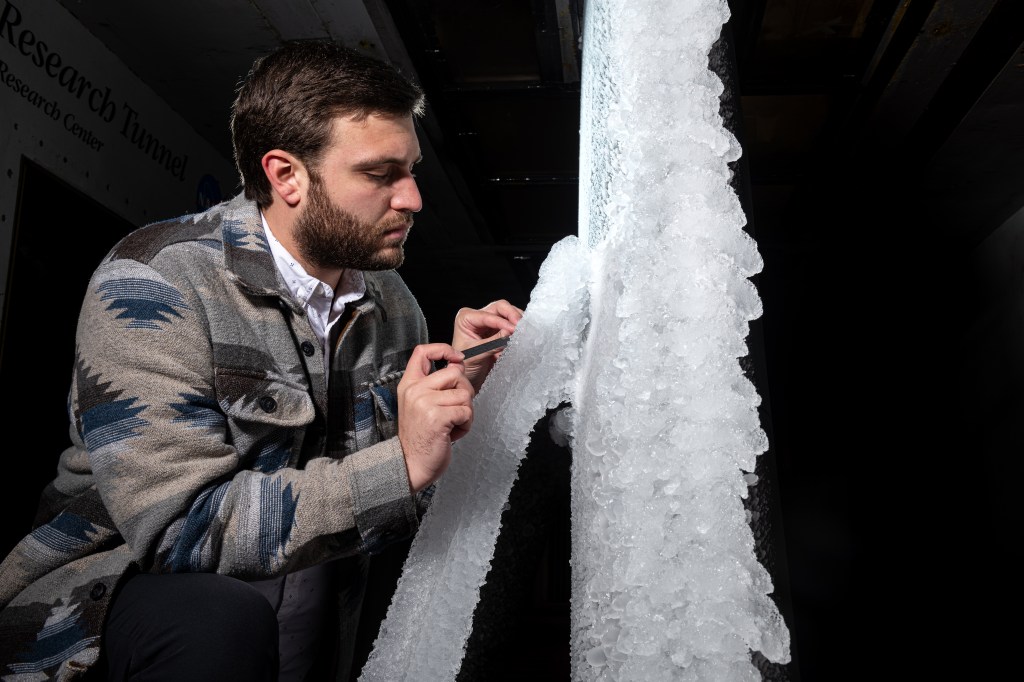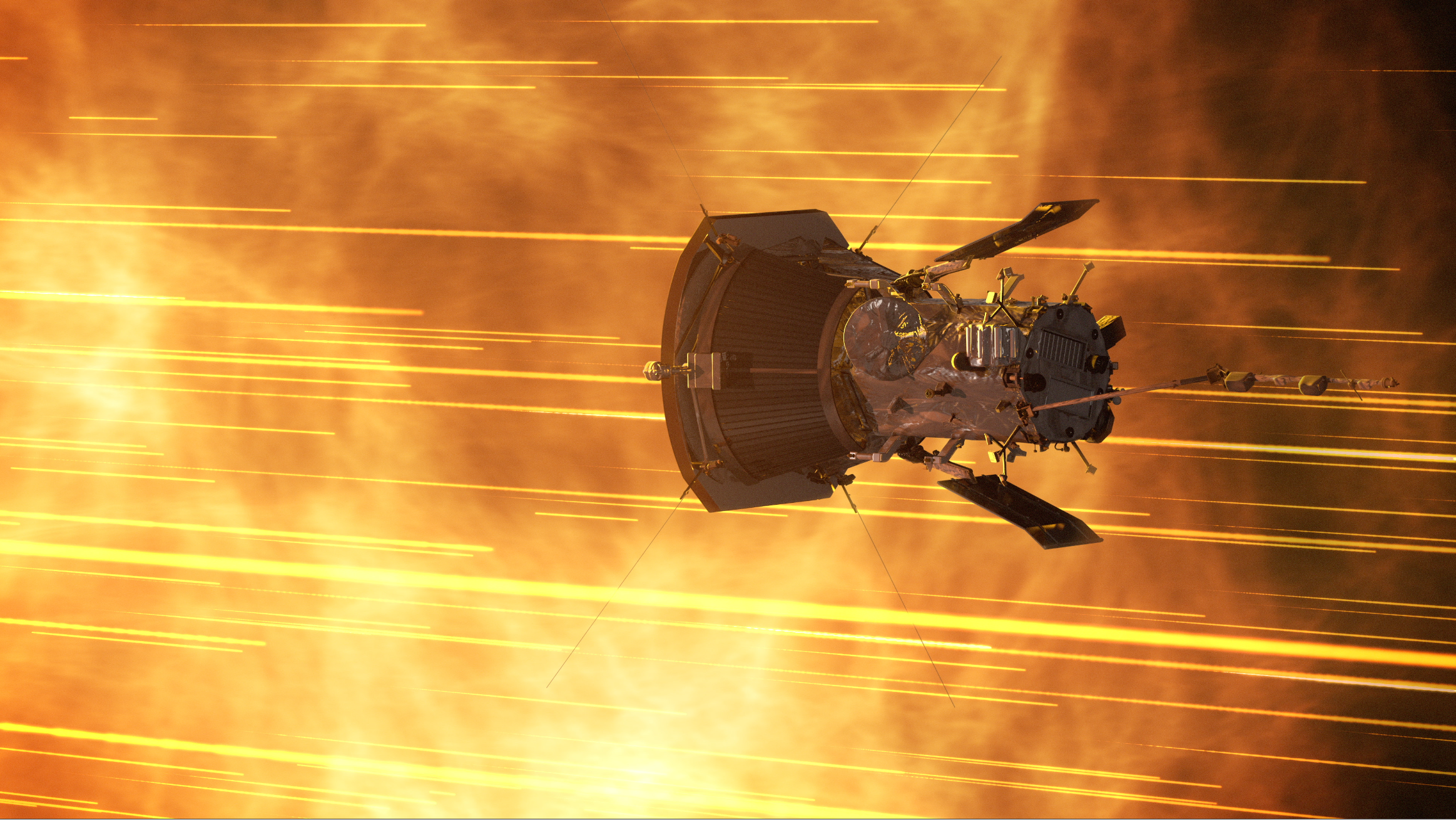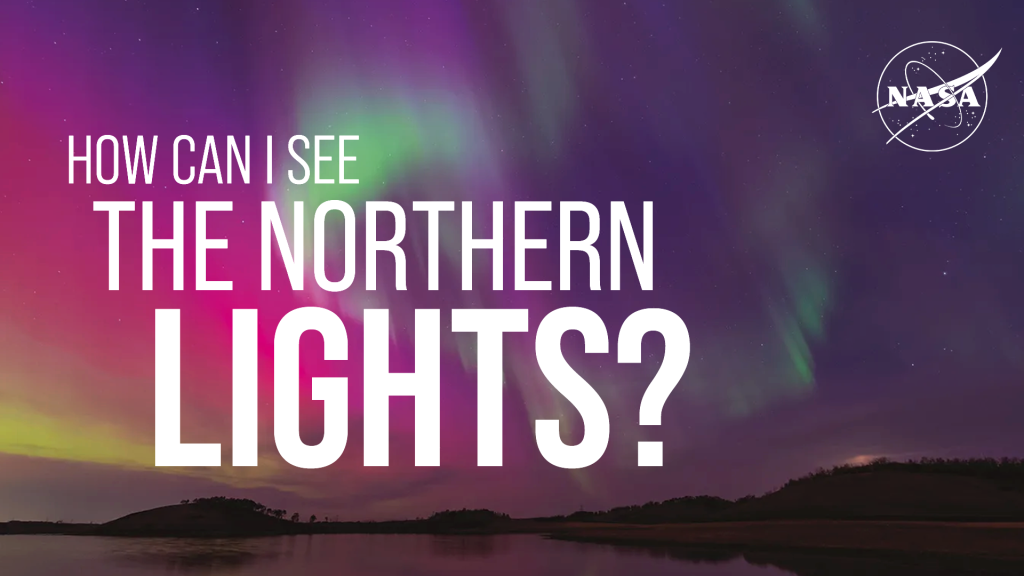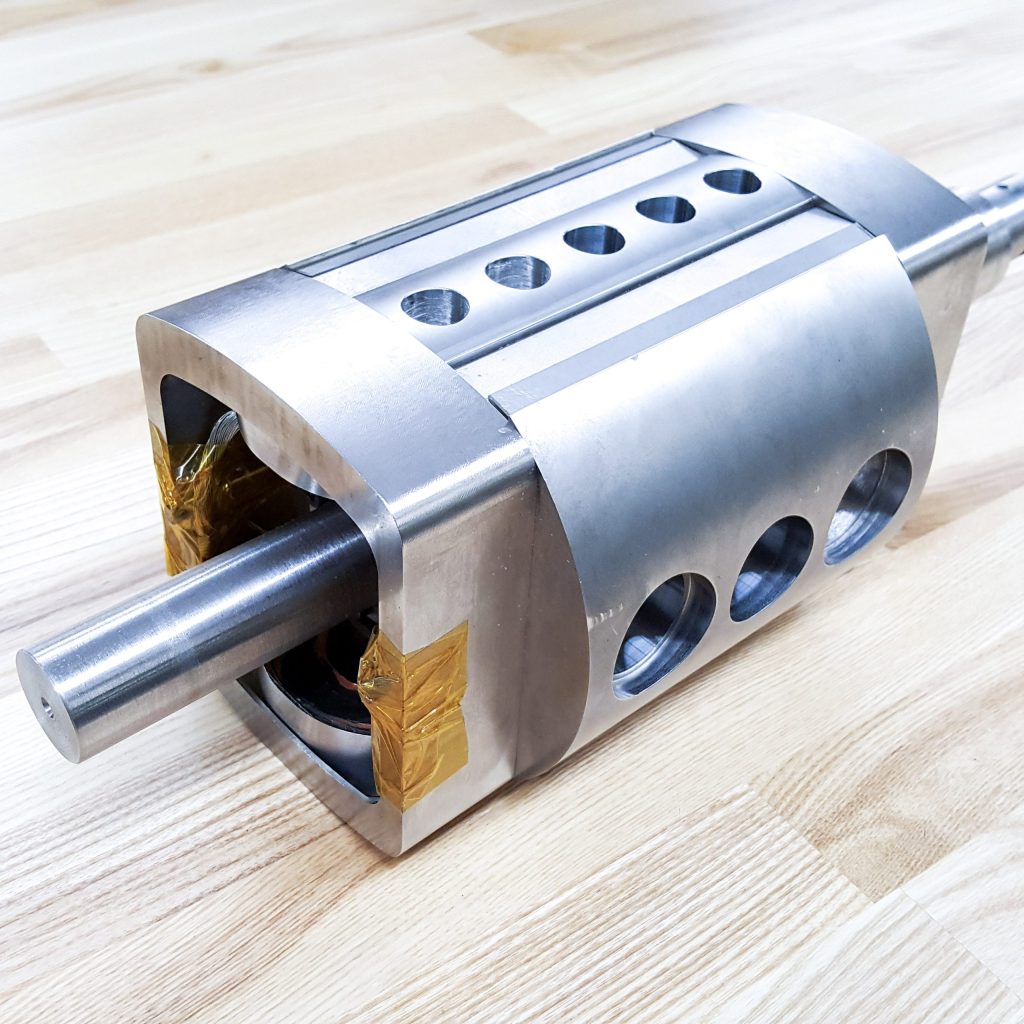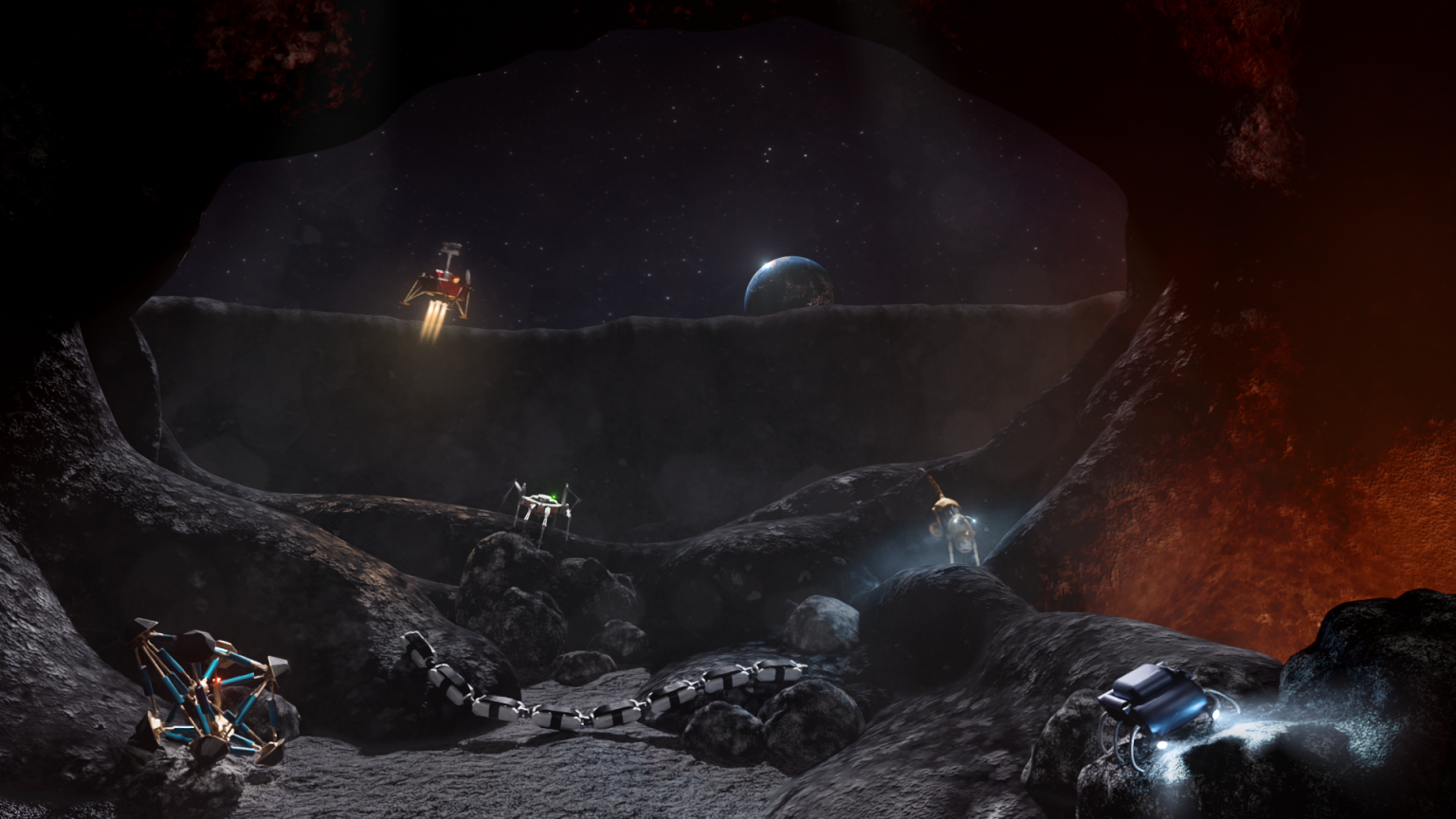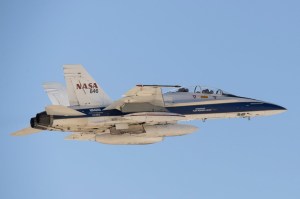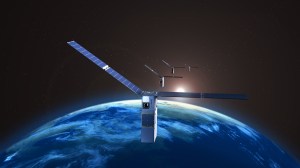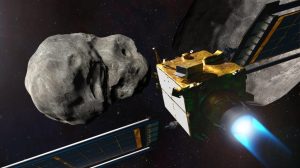NASA has awarded nearly $1.2 million to seven university teams through the 2022 Breakthrough, Innovative and Game-changing (BIG) Idea Challenge to design, develop, and demonstrate innovative and cost-effective robotic systems that go beyond traditional wheeled rovers and move in different ways – including rovers that hop, slither, and roll.
As NASA expands its space exploration to more extreme terrain on the Moon, solutions to moving in harsh environments are integral. The BIG Idea Challenge spurs development of innovative technologies to meet the agency’s Artemis program goals to explore more of the lunar surface than ever before and use what we learn on the Moon to send humans to Mars.
The ability to move in different ways, or adaptive locomotive modality, is vital to enabling extreme terrain exploration. The capability to explore areas that are currently inaccessible will open new opportunities for science and in-situ resource utilization operations. The selected teams will develop integrated robotic solutions, with prototypes incorporating a minimal level of sensing, autonomy, and other necessary elements needed for a relevant test.
“To achieve a long-term lunar presence, we need to fully understand the conditions and available resources on the Moon,” said Niki Werkheiser, director of technology maturation within NASA’s Space Technology Mission Directorate (STMD) at the agency’s headquarters in Washington. “These student-designed alternative concepts offer an exciting opportunity to more deeply explore the Moon’s hard to reach areas – like caves and pits – so we can safely live on and explore Earth’s satellite.”
The grants will be used to further develop and test the technologies over the next 10 months. Teams will present the results of their testing to a panel of NASA and industry subject matter experts in November 2022 and team awards will be presented.
“We’re excited to invest in the development of the next STEM-trained workforce,” said Kevin McGhaw, Acting Deputy Associate Administrator for STEM Engagement Program at NASA Headquarters. “Students will gain skills and experience aligned directly with STMD technology focus areas and capability needs that will help prepare them for future aerospace careers.”
The award values vary and are based on each team’s proposed prototype and budget. The 2022 BIG Idea Challenge awardees are:
Arizona State University in Tempe, Arizona
CHARLOTTE – Crater Hydrogen And Regolith Laboratory for Observation on Technical Terrain Environments
A six-legged rover that can maneuver around rocky terrain and up and down steep slopes.
California Institute of Technology in Pasadena, California
Lunar Architecture for Tree Traversal In-service-of Cabled Exploration
A lightweight, deployable robotic infrastructure that will allow rovers to climb in and out of craters.
Florida State University and Florida Agricultural and Mechanical University in Tallahassee, Florida
Extreme Terrain Quadruped (ET-Quad)
A four-legged robot with legs that allow it to climb, swim and traverse soft terrain and hard, rocky terrain.
Massachusetts Institute of Technology in Cambridge, Massachusetts with Boston Dynamics, MassRobotics, Robots5
Walking Oligomeric Robotic Mobility System (WORMS)
Small robots that can be configured into walking robots with arms, legs, and backbones.
Northeastern University in Boston, Massachusetts
COBRA: Crater Observing Bio-inspired Rolling Articulator
A snake-like rover that tumbles and slithers using lightweight, customizable modules.
University of Connecticut in Mansfield, Connecticut
Morphing Tank-to-Leg Modality for Exploratory Lunar Vehicles
A robot that can walk and use treads to operate in extreme environments.
University of Maryland in College Park, Maryland
TRAVELS – Terrapin Rover Allows Versatile Exploration of the Lunar Surface
A four-legged system that can roll, walk and leap as necessary.
The Game Changing Development program within STMD partnered with the Office of STEM Engagement’s Space Grant project to fund the innovative concepts. Funds contributed by the Office of STEM Engagement allow for larger awards, more opportunities for high-fidelity concept development, and enriched student participation in NASA’s missions by leveraging the vast network of institutions comprising the Space Grant consortia spanning every state, Puerto Rico, and D.C.
NASA’s BIG Idea Challenge is one of several Artemis student challenges. The BIG Idea Challenge is managed by the National Institute of Aerospace. For more information about the challenge, visit:


